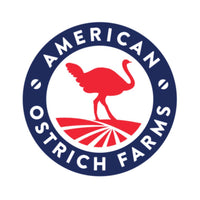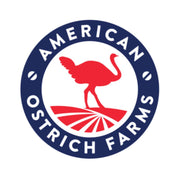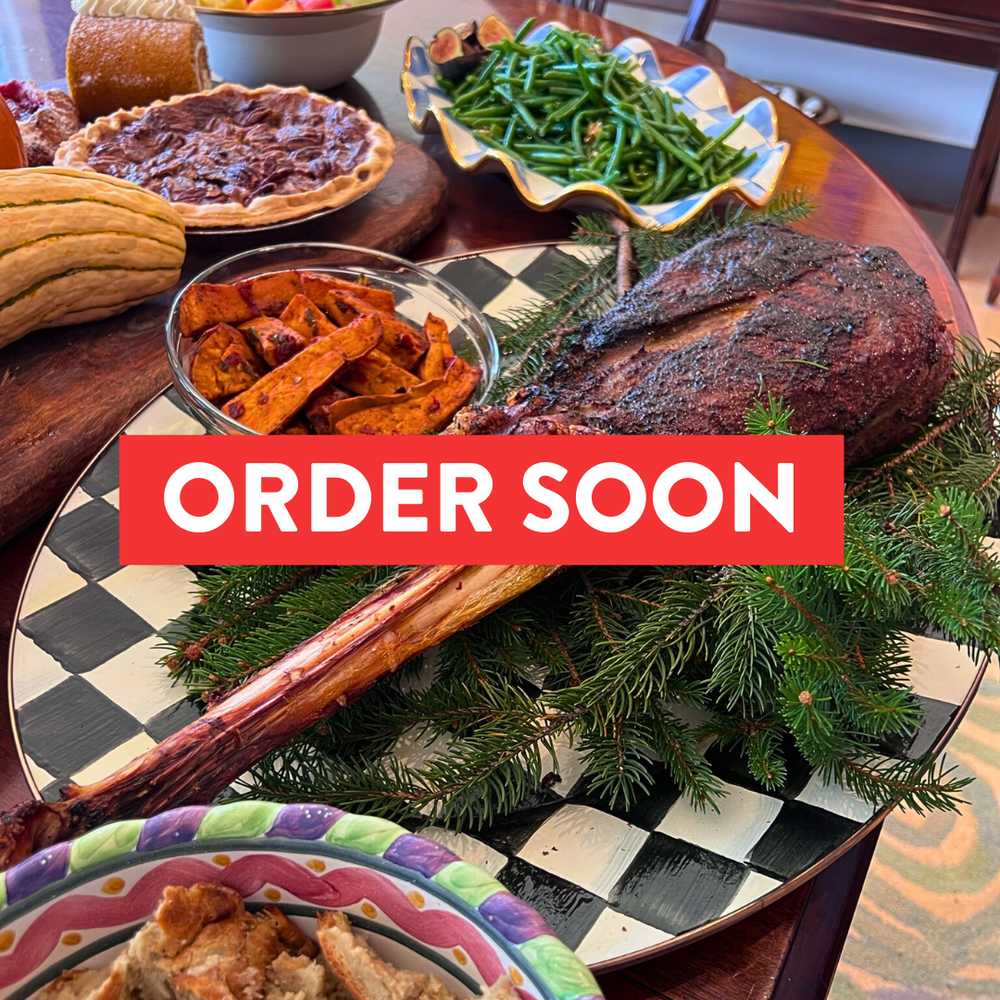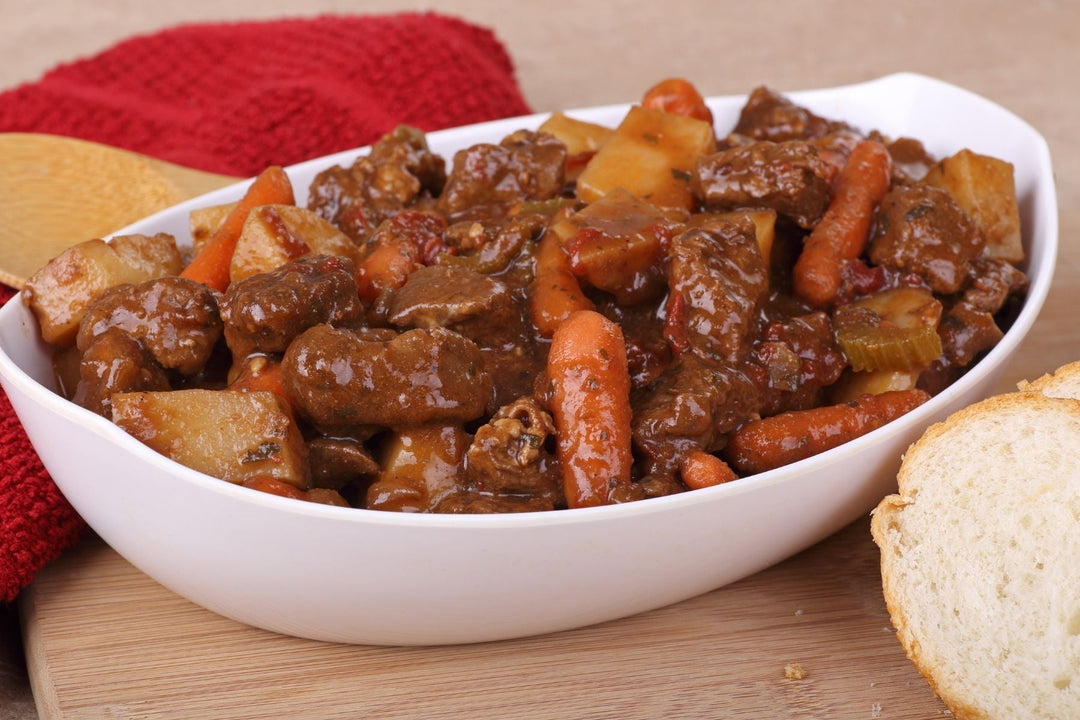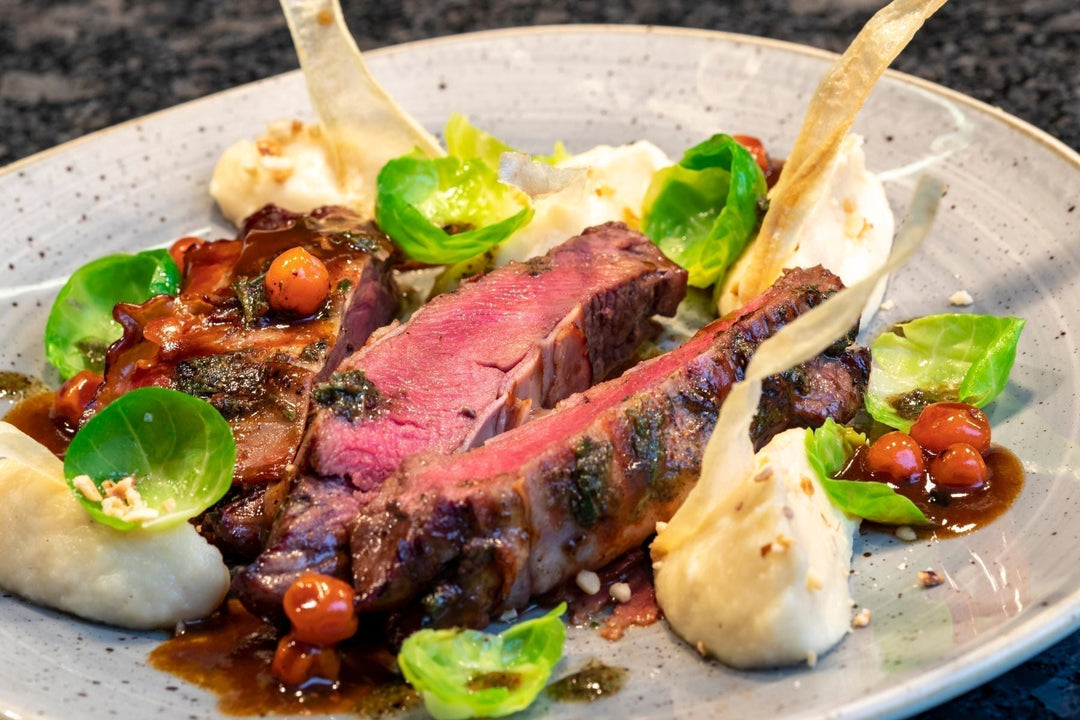In a world increasingly focused on sustainability and ethical consumption, nose-to-tail eating stands out as a culinary philosophy that promotes the use of the entire animal, minimizing waste and maximizing respect for the life taken. This approach not only supports ecological balance but also offers a richer, more diverse gastronomic experience. By embracing nose-to-tail eating, we can transform our relationship with food and foster a deeper connection to our environment.
THE ORIGINS OF NOSE-TO-TAIL EATING
Nose-to-tail eating is not a new concept; it has roots in traditional practices where every part of the animal was utilized out of necessity. In many cultures, this practice was a way of life long before industrialization and modern agriculture shifted our eating habits. Indigenous communities, European peasants, and Asian households historically valued the entire animal, using bones for broth, organs for nutrition, and hides for clothing and tools. This holistic approach to consumption ensured that nothing went to waste.
THE MODERN REVIVAL
The modern revival of nose-to-tail eating can be attributed to chefs like Fergus Henderson, who popularized the concept through his influential cookbook, "The Whole Beast: Nose to Tail Eating." Henderson's philosophy is simple: if you're going to kill an animal, it is only ethical to use every part of it. This mindset challenges the contemporary tendency to favor prime cuts, such as steaks and chops, while discarding less popular parts like offal and bones.
CULINARY & NUTRITIONAL BENEFITS
One of the primary benefits of nose-to-tail eating is the culinary diversity it offers. By exploring less common cuts and offal, home cooks and professional chefs alike can discover new textures and flavors. Dishes like liver pâté, bone marrow, and oxtail stew are rich in taste and tradition, providing a connection to our culinary heritage.
Nutritionally, many of the parts often discarded are powerhouses of vitamins and minerals. Organ meats, for example, are packed with essential nutrients like iron, zinc, and B vitamins. Bone broth, made by simmering bones for an extended period, releases collagen and amino acids beneficial for joint health and digestion.
ENVIRONMENTAL IMPACT
The environmental implications of nose-to-tail eating are profound. The meat industry is a significant contributor to greenhouse gas emissions, deforestation, and water use. By utilizing the entire animal, we can reduce the demand for meat production, thereby decreasing our environmental footprint. This practice also aligns with the principles of regenerative agriculture, which aims to restore and enhance ecosystem health.
Furthermore, nose-to-tail eating supports local farmers and butchers who raise animals ethically and sustainably. These small-scale producers often employ practices that promote biodiversity and soil health, contrasting with the monoculture and factory farming methods prevalent in industrial agriculture.
OVERCOMING BARRIERS
Despite its benefits, nose-to-tail eating faces several barriers, including cultural preferences, lack of awareness, and culinary skills. Many people are unfamiliar with how to prepare and cook offal and other lesser-known cuts, leading to hesitation and waste. However, with the growing interest in sustainable eating, there is a resurgence of resources and education to help individuals incorporate these practices into their kitchens.
Cooking classes, online tutorials, and cookbooks dedicated to nose-to-tail recipes are becoming more accessible, empowering home cooks to experiment and embrace this philosophy. Restaurants and chefs play a crucial role in this movement by featuring nose-to-tail dishes on their menus, thereby introducing patrons to the rich flavors and benefits of holistic consumption.
EATING ETHICALLY
Nose-to-tail eating is more than just a method of food preparation; it is a broader philosophy that encourages mindfulness, respect, and sustainability. It calls for a shift in how we view our food sources, urging us to recognize the value of every part of the animal and the labor that goes into raising it. This approach fosters a deeper appreciation for our food and the environment, promoting a more ethical and responsible way of eating.
"BEAK-TO-TAIL FEATHER"

American Ostrich Farms is embracing the nose-to-tail philosophy with their beak-to-tail feather product bundles, the "Feathered Feast" and "Ranch Hero" boxes. These bundles align perfectly with the principles of nose-to-tail eating, providing consumers with a diverse array of ostrich cuts and promoting the complete utilization of the animal.
ECONOMIC SUSTAINABILITY
For small producers, maximizing the value of each animal is essential for economic sustainability. When only a few cuts are in demand, producers face challenges in selling the rest of the meat. This can lead to waste or the need to sell less popular cuts at a lower price, reducing overall profitability. By promoting the use of the entire animal, producers can ensure that every part finds a market, enhancing their revenue streams and reducing waste.
The "Feathered Feast" and "Ranch Hero" boxes from American Ostrich Farms exemplify this approach. These bundles include a variety of cuts, encouraging customers to explore different parts of the ostrich and discover new culinary possibilities. This not only supports the farm's financial health but also provides consumers with more value and variety for their money.
CULINARY ADVENTURE
One of the most exciting aspects of purchasing whole animal bundles is the culinary adventure it offers. Traditional meat purchases often focus on a few familiar cuts, leaving many consumers unaware of the diverse flavors and textures that other parts of the animal can provide. The "Feathered Feast" and "Ranch Hero" boxes open up a world of new culinary opportunities for adventurous home cooks and professional chefs alike.
These bundles include ostrich fan filet, top loin, and even more exotic cuts like ostrich pearl and neck. Each cut offers unique cooking possibilities, from grilling and roasting to braising and slow cooking. By exploring these different cuts, consumers can expand their culinary repertoire and enjoy a richer, more varied dining experience.
Moreover, learning to cook with a wider array of cuts can lead to more creative and resourceful kitchen practices. It encourages a nose-to-tail approach to cooking, where every part of the animal is valued and utilized, leading to less waste and a deeper appreciation for the meat being consumed.
BENEFITS OF BULK
The concept behind the "Feathered Feast" and "Ranch Hero" boxes is similar to the quarter, half, and whole animal purchase options traditionally offered for beef, lamb, and hogs. These purchasing options have long been popular among consumers who want to buy in bulk, support local farmers, and get a better price per pound. They also appeal to those who are interested in sustainable meat consumption.
American Ostrich Farms' bundles provide the same benefits, tailored to the unique qualities of ostrich meat. By offering a range of cuts in one convenient package, these bundles make it easy for consumers to support sustainable farming practices and enjoy the full spectrum of what ostrich meat has to offer. Whether you're a seasoned chef or a home cook looking to try something new, the "Feathered Feast" and "Ranch Hero" boxes offer an accessible and rewarding way to experience the benefits of whole animal utilization.
CONCLUSION
The practice of nose-to-tail eating and selling the whole animal is crucial for the economic and environmental sustainability of small meat producers. It ensures that every part of the animal is valued and utilized, reducing waste and enhancing profitability. American Ostrich Farms' "Feathered Feast" and "Ranch Hero" bundles embody this philosophy, offering consumers a diverse and exciting range of ostrich cuts while supporting sustainable farming practices.
By choosing to purchase these bundles, customers can play a direct role in promoting a more sustainable and responsible meat industry. They can enjoy the culinary benefits of exploring new cuts and flavors, all while knowing they are making a positive impact on the environment and supporting the economic health of small producers. In a world where food sustainability is increasingly important, the concept of nose-to-tail eating represents a meaningful step forward for both producers and consumers alike. By adopting this philosophy, we can create a more sustainable food system.
